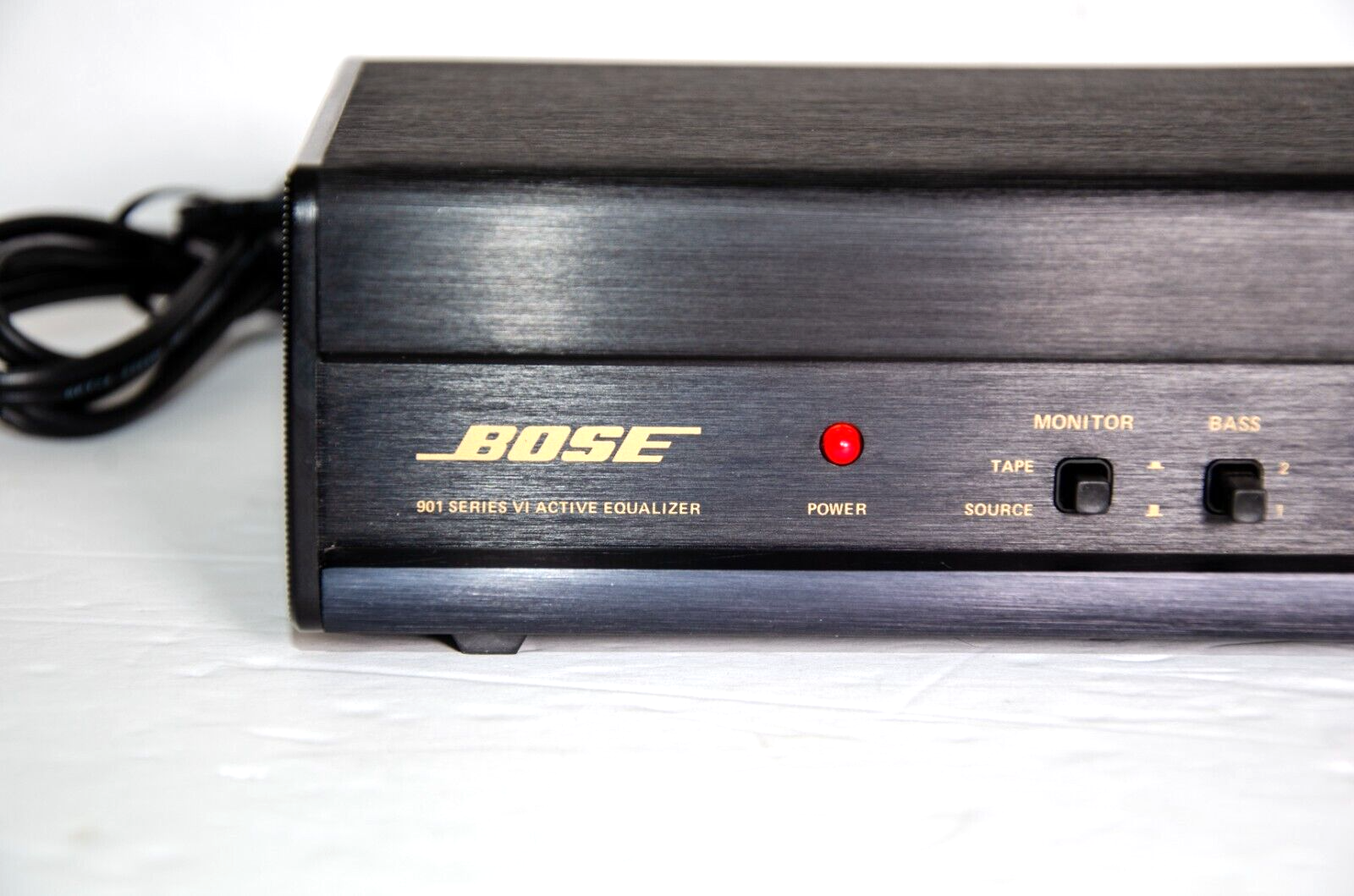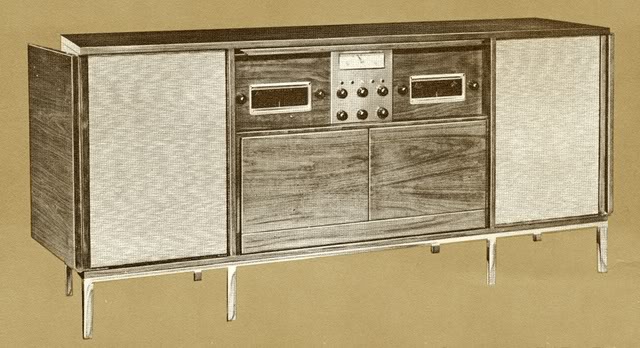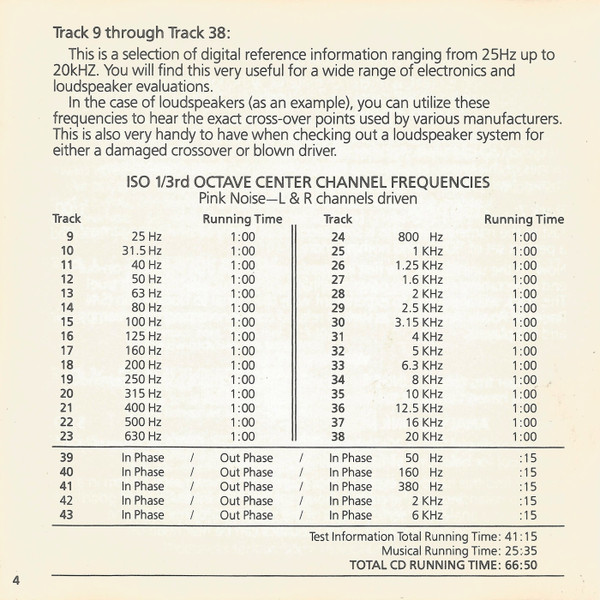Canton 9k 2 way stand mounted have no controls. As an aside they are outstanding.
Do Your Speakers have LEVEL CONTROLS or EQUALIZERS? (Vintage or Modern) ???
Do Your Speakers have LEVEL CONTROLS or EQUALIZERS? (Vintage or Modern)
MANY Vintage Speakers had/have Level Controls, and a few big speaker arrays had external equalizers.
..............................................................................
Many of you know It’s my contention ALL SPEAKERS should have Level Controls, to refine their frequency distribution in your space at your positioning in that space, and re-adjust for any space you move/use them in.
L-Pads retain impedance shown to the crossover; Potentiometers alter what is shown to the crossover a bit.
......................................
Just stumbled about these
|
2 Altec Lansing speaker crossovers N800-8K |

https://www.ebay.com/itm/313970394857





JBL’s

Bose 901

 .................................................
.................................................
My Uncle’s 1958 Fisher President II (Large 3 way, horns and big woofer) had/have 2 L-Pad level controls


AT-37’s used in many of their consoles and separates.
https://products.electrovoice.com/binary/AT37%20and%20AT38%20EDS.pdf
PRESENCE: for Mid-Range Horn’s Volume Control, relative to he 15" woofer with no control
BRILLIANCE: for Tweeter’s Horn’s Volume Control, relative to the mid-range.
.......................
My AR-2ax (compact 3 way cones) had/have 2 Level Controls



I just restored 2 pairs for my Office and Garage/Shop Systems
https://www.audiogon.com/systems/10092
..................................
MANY Vintage Speakers had/have Level Controls, and a few big speaker arrays had external equalizers.
............................................................
Do Your Speakers have LEVEL CONTROLS or EQUALIZERS? (Vintage or Modern)
- ...
- 38 posts total
Level Controls: especially continuously variable type are: Easy to Screw Up, Hard to get ’right’, then: to taste, or to your specific hearing ability. Set in the middle, leave them alone, or use them as needed/desired. For many years, I would get a friend over, in a specific space, and simply mess with the balance controls until I, with my friends help, got what I thought ’best’, in that space, in that location, with ’that’ toe-in. All by younger ears. Adjusting base for tilt, to aim tweeters at seated ears came later. Infinite Slope Model 2’s with Slanted face also alters the angle of reflection from floors and ceilings, as does toe-in from side walls.
............................................ Covid Times, home all the time, unspent money, I upgraded my entire system Including a much more careful adjustment/matching of my 3 way speakers 1. Mess with toe-in, two alternates for best imaging a. one listener dead center b. two listeners, small drink table centered 2. Buy Inexpensive SPL with bottom fitting for Tripod Mount (ear height/listening position 3. Find my Amazing Bytes CD with Test Tones: tracks 9-38 of this CD
https://www.discogs.com/release/7290000-Various-Amazing-Bytes 4. Make enlarged copies of that page to write adjusted results on Back and forth, back and forth, sleep on it, back and forth 5. McIntosh Preamp’s Mode Control, Stereo Reverse, L to both; R to both ... page 8 6. VOICE Tests, Voice (and Instruments) cannot wander from their positions as frequency varies a. Cassandra Wilson, Blue Light Till Dawn b. Barbra Streisand/Donna Summer Duet, Enough is Enough c. Richard Burton, War of the Worlds d. Annie Lennox, Eurythmics, Sweet Dreams 7. Hearing Ability: even though the microphone hears the highs ’equally’, I am 74, I don’t hear highs as well as the mic does, So, raise the tweeters a speck at a time, get the wife to listen (women hear highs more than men), get my neighbor recording engineer over: raise, but not too much. Eurythmics is helpful for this. Get my younger audiophile friend over here (very familiar with my system). Not only best frequency for me in my space, the refinement of Imaging is revealed. The better you get your imaging, the more sensitive you are to great or not so great imaging, dumb decisions like having Max Roach right side, but moving Max to the center during solos. Now you love remote balance to make slight changes that make a bog difference. All imaging id Phantom, based on balance of L/R to create/locate ... here or there. Slight adjustment of balance improves Imaging of whole album or individual tracks (recorded different times/spaces/engineers). Gotta get it right, it ain’t easy, but wonderful results after careful work. Move to a different space: here we go again!
|
Of course, the big item I haven’t touched on, besides reliability is power. All resistive elements waste power, and as those contacts get dirtier the switches and knobs will waste even more power and heat them up. Modern, passive, multi-way speakers simply can’t avoid using resistors, that’s a matter of fact, but the more of this we can move to the active realm (i.e. low voltage/low current) the better we are. IMHO, the least audible, most reliable methods of doing this is how Wilson and other high end makers have done it, by using either replaceable resistors or plug in networks that allow you to select the right resistive value through a jumper wire. |
So, the answer would be "yes" to many (especially vintage) speakers. We do custom performance upgrades to modern and vintage speakers. My standard practice (if the customer is interested in performance) is to bypass the level adjustments and replace with high quality resistors. Measure resistance, verify with RTA, than listen. It may a little trial and error, taking the values up, or down a notch, but Invariably the speaker will sound better in my experience. But, admittedly, the ability to "tweak" the speaker a bit is forfeited in the process. I also find it worth noting that the factory attenuators and knobs remain in place, the speaker still looks "OEM" and it can be reverted to "stock" at any point in the future. I also make it a general practice to bypass protective fuses. These are serious sound de-generators. My rule of thumb is to bypass the fuse(s) IF: a) the driver, diaphragm etc IS replaceable by an OEM (or, better) device, b) the cost is not prohibitive, and c) the customer has had no instances of blowing fuses (maybe some exceptions, but too involved to detail here). If the owner has played the speaker with a high degree of enthusiasm for decades and not blown a fuse, the chances are low (to zero) that damage to a driver will occur in the coming decades. Please keep in mind that it’s not just a fuse. It’s a fuse holder with connections on both ends and a friction contact fit with the fuse. Not the most "audiophilish" approach to best sound quality. But, as mentioned, if the driver/diaphram is irreplaceable or extraordinarily expense, by all means keep those protective devices in place!! |
- 38 posts total



